I fell in love with Liguria’s colorful coastline on my first visit three years ago. This crescent-shaped region of the Italian Riviera stretches from Ventimiglia to the Gulf of Poets, offering a perfect blend of stunning Mediterranean views and charming coastal towns. Liguria’s charm lies in how it balances breathtaking natural beauty with authentic Italian culture away from the overwhelming crowds found in more famous destinations.
The dramatic landscape where the Apennines and Alps meet the Ligurian Sea creates a unique setting for the region’s picturesque villages. Each town seems painted in vibrant hues that pop against the deep blue water.
During my stays in these coastal havens, I discovered that evenings bring special magic as the well-lit towns welcome visitors to explore their narrow streets and seaside promenades.
Beyond the famous Cinque Terre, I found several lesser-known towns that offer the region’s stunning beauty without crushing crowds or tourist prices. The Mediterranean climate makes Liguria welcoming year-round, with pristine beaches and a relaxed lifestyle that instantly melts away stress. Whenever friends ask for European travel recommendations, this colorful coastline always tops my list.

Discovering Liguria’s Charm
Liguria captured my heart the moment I stepped onto its colorful shores. The perfect blend of natural beauty, history, and Italian warmth creates an unforgettable coastal experience unlike anywhere else in the Mediterranean.
Quaint Villages and Sun-Soaked Piazzas
Walking through Liguria’s villages feels like stepping into a painting. Pastel-colored buildings climb up steep hillsides, creating a vibrant patchwork against the blue sea backdrop.
Each morning, I enjoyed espresso in sun-drenched piazzas where locals gathered to chat. The rhythm of daily life here moves at a gentle pace, with fishermen bringing in fresh catches and shopkeepers arranging produce outside centuries-old storefronts.
The village of Camogli particularly stood out with its trompe l’oeil façades and seaside promenade. I spent hours wandering narrow caruggi (alleyways) that wind between buildings, discovering hidden gardens and breathtaking sea views around unexpected corners.
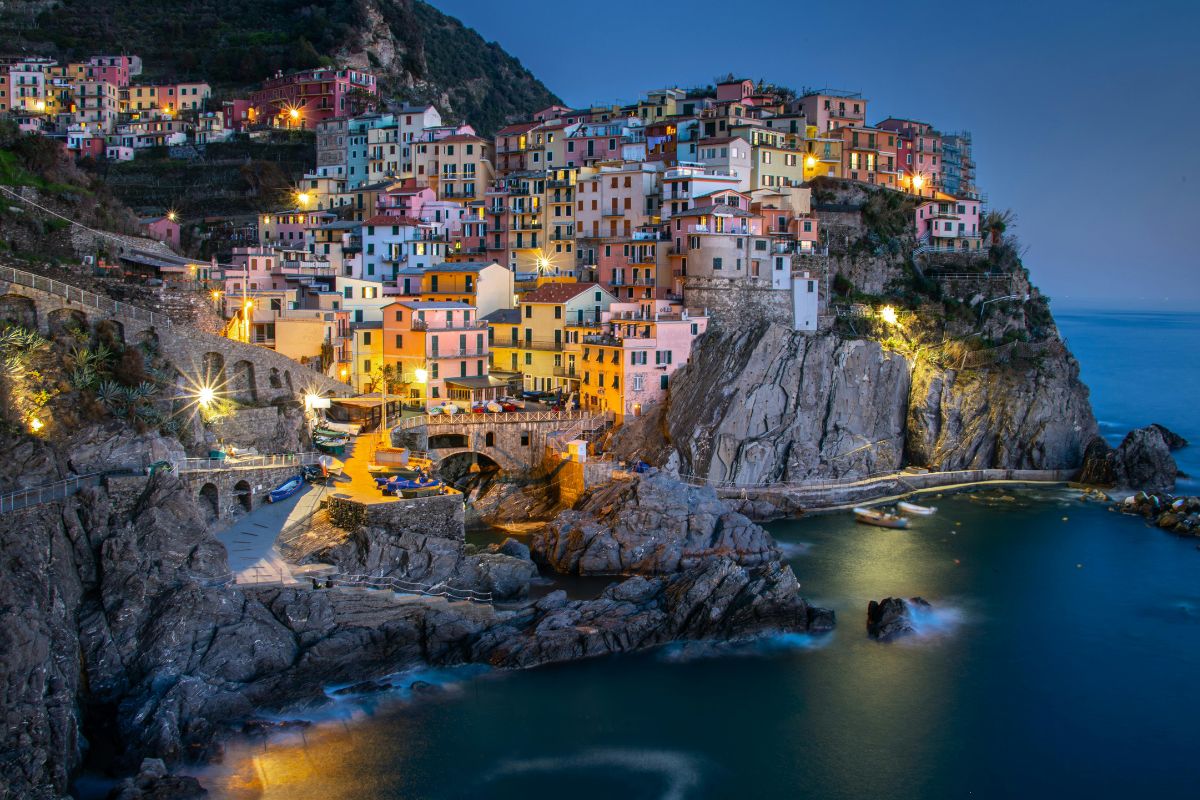
The Allure of Cinque Terre
Cinque Terre’s five villages remain Liguria’s crown jewels, connected by scenic hiking paths and a charming railway. Each village has its distinct personality while sharing the same dramatic setting.
Manarola captivated me with its rainbow-hued buildings tumbling toward the sea. Vernazza’s natural harbor creates a perfect swimming spot, while Monterosso offers the region’s best beaches for sunbathing.
The hiking trail between villages provides unforgettable views of terraced vineyards and the sparkling Ligurian Sea. My favorite memory? Watching the sunset from Riomaggiore’s harbor while eating freshly fried calamari wrapped in paper.
Best Cinque Terre Villages:
- Vernazza: Most picturesque harbor
- Manarola: Best sunset views
- Monterosso: Largest beaches
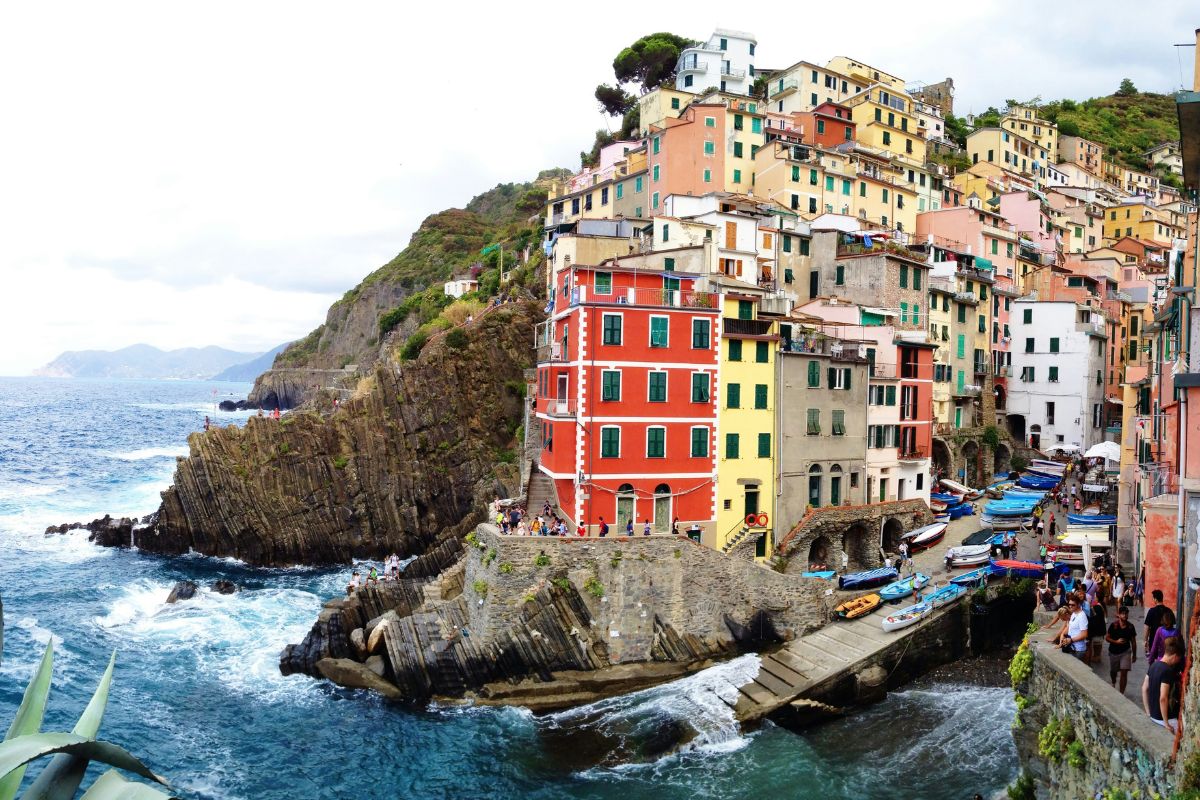
Portofino: A Harbor of Luxury
Portofino presents Liguria’s sophisticated side—a tiny fishing village transformed into a playground for the jet-set. Its perfect half-moon harbor filled with luxury yachts creates a stunning first impression.
I found the village surprisingly intimate despite its fame. Walking along the harborfront, designer boutiques and high-end restaurants occupy colorful buildings that maintain their historic charm.
Hiking up to Castello Brown rewards with panoramic views of the entire bay. The 16th-century fortress offers the perfect vantage point to appreciate Portofino’s perfect setting.
For a more authentic experience, I ventured to nearby Santa Margherita Ligure. This larger town maintains local Italian character with beautiful architecture, excellent seafood restaurants, and prices that won’t shock your wallet like Portofino might.
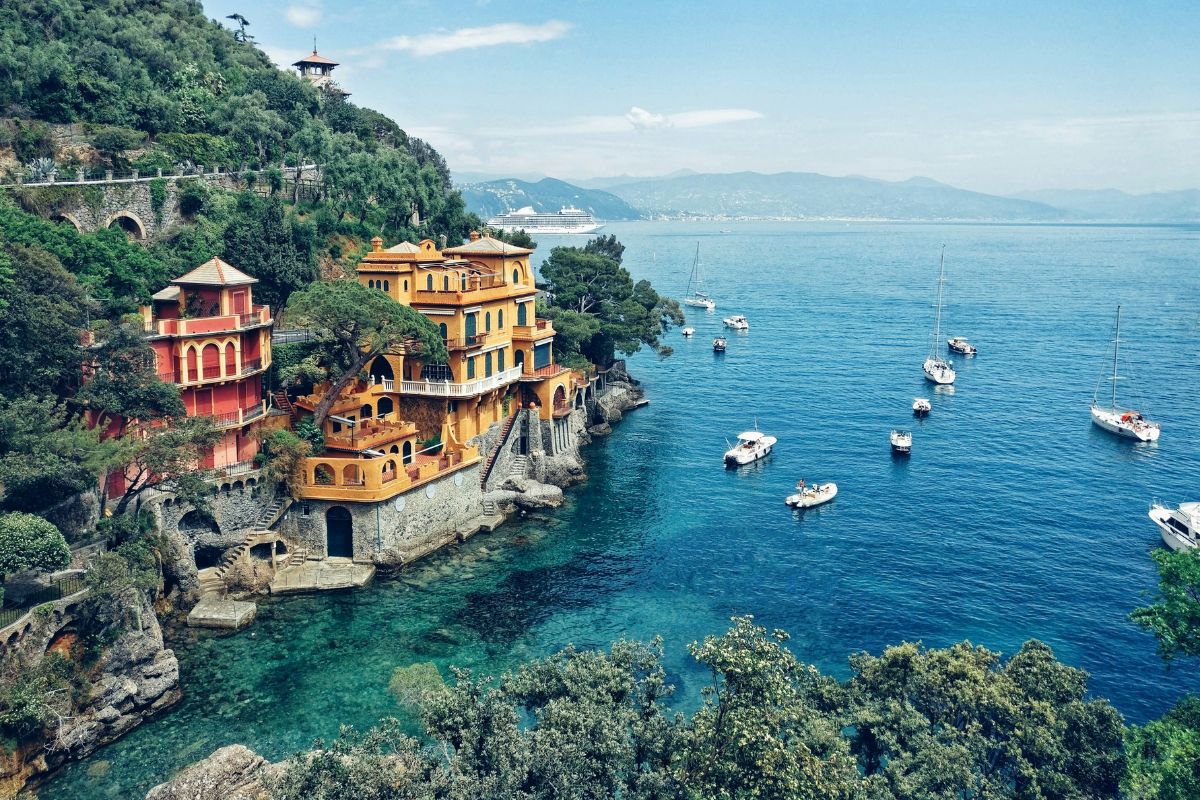
The Vibrant Palette of the Ligurian Coast
The Ligurian coastline captivates visitors with its stunning color palette that changes from dawn to dusk. These hues range from the pastel-colored buildings stacked on rocky cliffs to the intense blues of the Mediterranean Sea.
Pastel Hues and Lively Stucco
When I first arrived in Liguria, I was immediately struck by the rainbow of colors adorning the buildings. Each town showcases its unique color scheme. In Cinque Terre, the buildings display a gorgeous array of pinks, yellows, and oranges that contrast beautifully with the deep blue sea.
The stucco facades aren’t just pretty—they’re practical too. Locals tell me the bright colors helped fishermen identify their homes from the sea. Even today, these colors serve as natural landmarks.
Walking through the narrow streets, I noticed how the sunlight plays on these painted surfaces throughout the day. Morning light makes the pastels glow softly, while afternoon sun intensifies every hue.
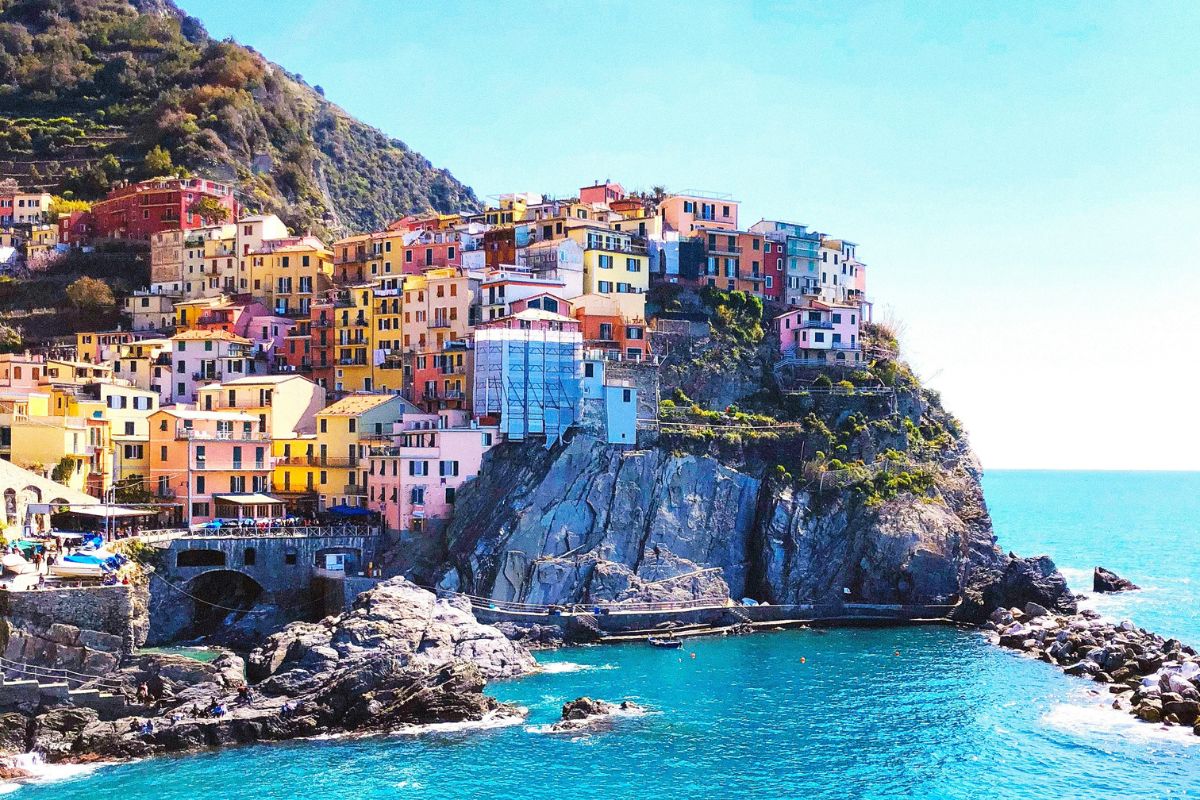
Sunsets and Sea Views
Nothing compares to watching the sunset over the Ligurian Sea. I’ve spent countless evenings perched on cliffs in Portofino and Cinque Terre, mesmerized by the changing colors of the water.
The Ligurian Sea itself is a wonder of color gradation. Near the shore, it starts as a bright turquoise that gradually deepens to an intense blue farther out. During sunset, the water reflects golden and crimson hues from the sky.
My favorite viewpoint is from Vernazza’s harbor, where the sea meets colorful fishing boats. As daylight fades, the water transforms from bright blue to purple, then finally to a deep indigo.
The dramatic cliffs create perfect viewing platforms for these nightly color shows. I recommend bringing a camera, but honestly, no photo truly captures the magic of these moments.

Culinary Delights by the Sea
Liguria’s cuisine captivated my taste buds from the first bite, combining the freshest ingredients from both mountains and sea. The region’s food traditions reflect its unique geography, creating dishes that are both simple and unforgettable.
Fresh Seafood and Pesto Traditions
I discovered that seafood forms the backbone of Ligurian cooking. Walking through seaside markets in Portofino, I watched fishermen unload their morning catch — glistening anchovies, tender octopus, and plump mussels that would appear on restaurant tables hours later.
The true revelation was authentic Ligurian pesto. Nothing compares to the bright green sauce I tasted in a tiny trattoria in Cinque Terre. Unlike store-bought versions, real pesto uses young basil leaves grown on Ligurian hillsides, pounded with pine nuts, garlic, and local olive oil.
My favorite discovery was trofie al pesto — hand-twisted pasta that catches every bit of sauce. I also fell in love with focaccia di Recco, a paper-thin bread filled with creamy cheese that melts in your mouth.
Sampling Liguria’s Finest Wines and Olives
Ligurian wines surprised me with their character and perfect pairing with local foods. The region’s steep terraced vineyards produce crisp white wines like Vermentino and Pigato that complement seafood beautifully.
I spent an afternoon at a small winery near Dolceacqua, tasting their Rossese di Dolceacqua — a light red with notes of cherry and spice that paired wonderfully with the region’s rabbit dishes.
Olive oil deserves special mention. The Taggiasca olives grown on sun-drenched terraces produce oil so delicate and flavorful it transformed simple dishes. I visited a family-run olive press where they’ve made oil the same way for generations.
Local markets offered olive tapenades, preserved lemons, and walnut sauce for pasta — all staples in Ligurian kitchens. The flavors were so vibrant that I packed my suitcase with these treasures to bring home.
Adventure Along the Riviera
The Italian Riviera offers far more than just picturesque villages and beaches. This stunning coastline becomes a playground for those seeking active experiences amid breathtaking Mediterranean landscapes.
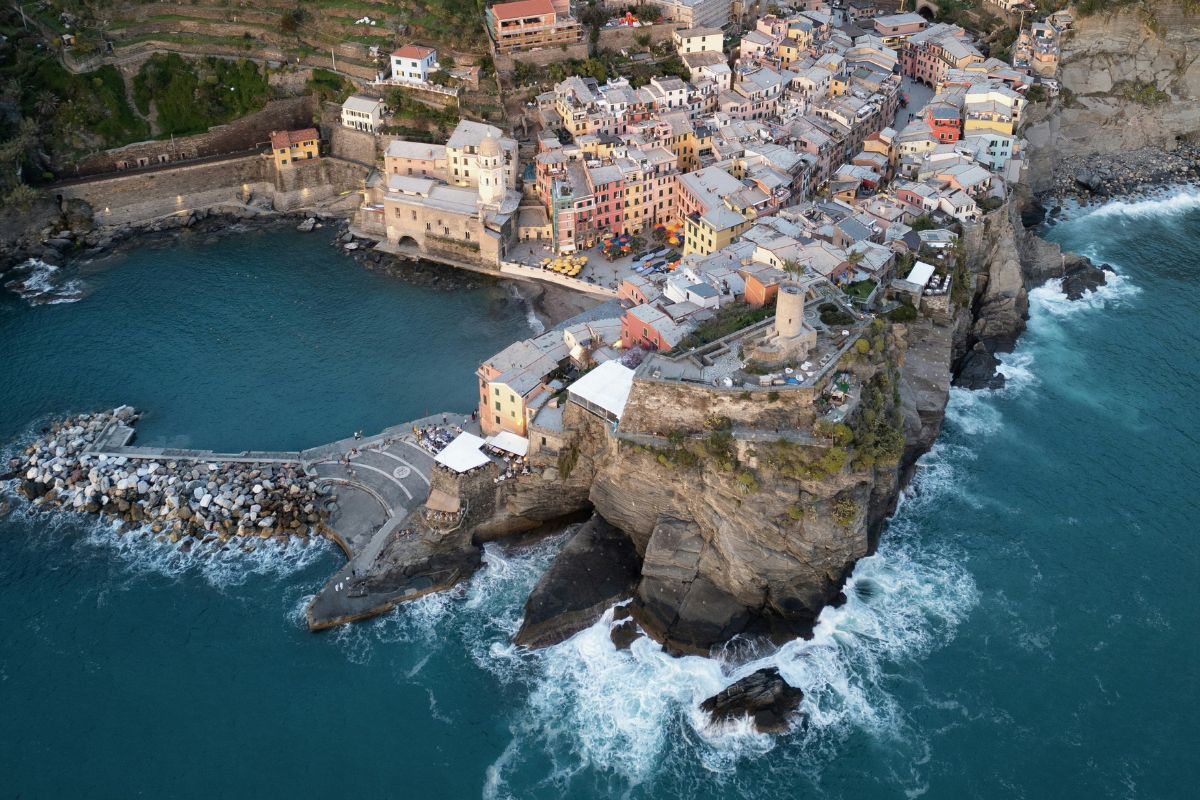
Hiking the Coastal Trails
The network of trails connecting the villages of Cinque Terre has become my absolute favorite hiking experience in Europe. The most famous path, Sentiero Azzurro (Blue Trail), winds through all five towns with stunning sea views at every turn.
I discovered that spring and fall offer the most pleasant hiking conditions, with fewer crowds and comfortable temperatures. The trail between Vernazza and Monterosso challenged my fitness but rewarded me with the most spectacular vistas.
Beyond Cinque Terre, I found equally impressive paths along the entire Ligurian coastline. The trail from Portofino to San Fruttuoso Abbey took me through fragrant Mediterranean scrubland and delivered me to a hidden beach accessible only by foot or boat.
Sailing and Water Sports
Renting a small sailboat in Portofino became the highlight of my coastal adventure. The turquoise waters and hidden coves aren’t fully appreciated until viewed from the sea. Several marinas offer half-day rentals for experienced sailors, while guided tours work perfectly for beginners.
Kayaking proved ideal for exploring the dramatic cliff formations and secret beaches near Portovenere. My morning paddle around the islands of Palmaria, Tino, and Tinetto revealed sea caves and pristine swimming spots away from the crowds.
For the more adventurous, I tried stand-up paddleboarding at sunrise in Levanto Bay. The calm morning waters and pink-orange skies created a magical experience worth the early wake-up call.
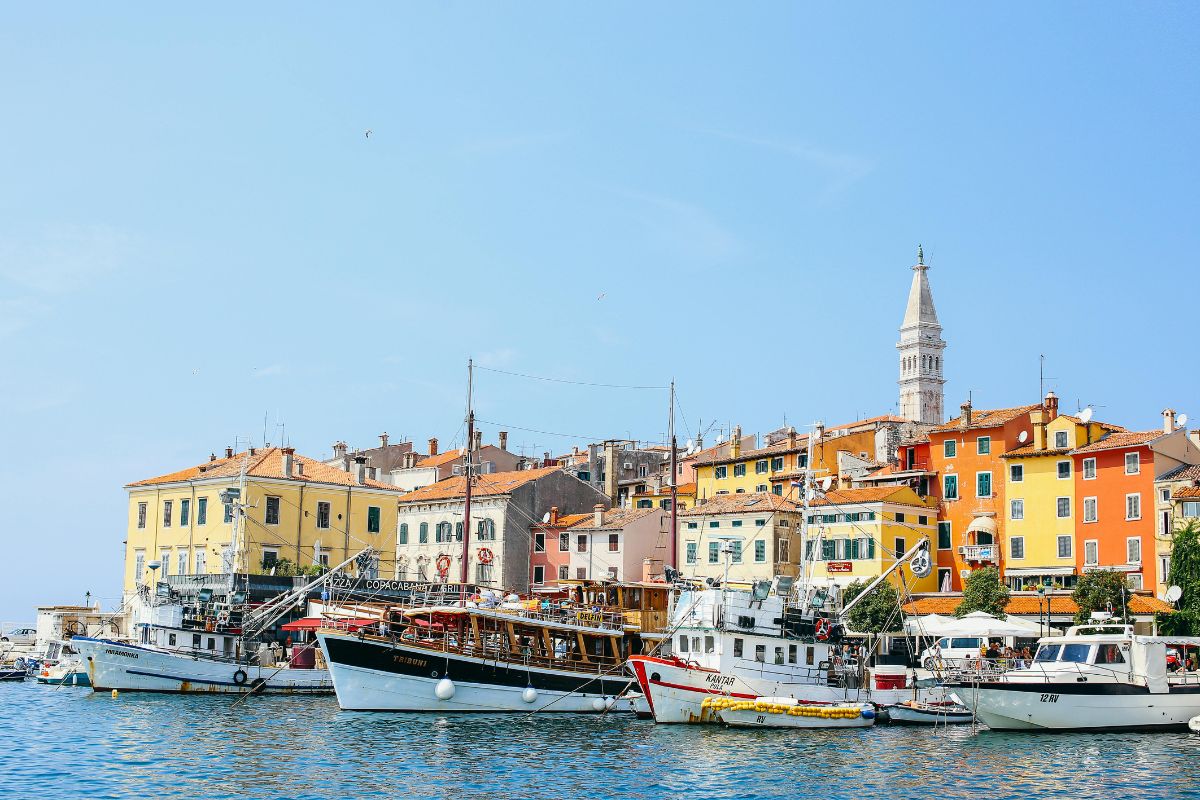
Cultural Treasures and Historic Roots
Liguria’s rich heritage extends far beyond its colorful coastline. The region’s cultural wealth has been shaped by centuries of maritime influence, creating a unique blend of artistic expression and architectural splendor that continues to captivate visitors today.
Genoa’s Artistic Masterpieces
Walking through Genoa’s historic center, I discovered an open-air museum where art and history intertwine seamlessly. The city’s medieval streets led me to magnificent churches housing priceless works by renowned artists like Rubens and Van Dyck.
The Palazzo Bianco and Palazzo Rosso museums showcased impressive collections of European paintings that left me speechless. These palatial galleries display masterpieces spanning from the 12th to the 18th centuries.
What struck me most was how accessible these treasures were. Unlike the crowded museums of Florence or Rome, I could admire Caravaggio’s “Ecce Homo” without fighting through throngs of tourists.
The Legends of Palazzi dei Rolli
The Palazzi dei Rolli system fascinated me when I first learned about it. These 42 noble palaces formed Genoa’s revolutionary 16th-century public lodging network. Visiting dignitaries were housed based on their importance.
Walking along Via Garibaldi, I marveled at the ornate facades of these UNESCO-protected mansions. Each palace tells stories of merchant wealth and political power that shaped the Mediterranean world.
Inside, I found courtyards with marble fountains, grand staircases, and rooms adorned with frescoed ceilings depicting mythological scenes. The Palazzo Nicolosio Lomellino particularly impressed me with its garden terraces and baroque decorations.
The “Rolli Days” festival happens twice yearly. During this festival, visitors can enter privately owned palaces normally closed to the public. This rare opportunity offers glimpses into Genoa’s golden age when it rivaled Venice as a maritime republic.


